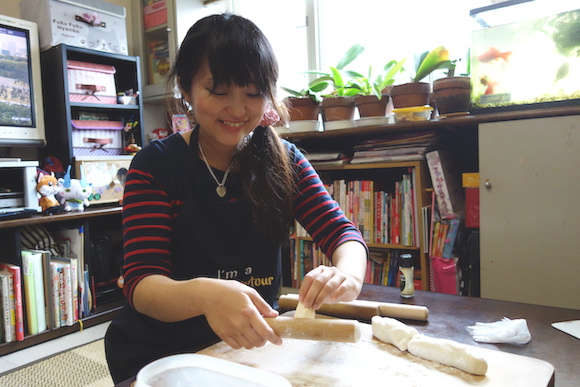
We visited Mariko’s home near Shinjuku for a variety of unique cultural experiences, including a lesson in making gyoza and a homemade feast complete with sake and shochu.
Thanks to the internet, tailor-made travel has never been easier: if you’ve dreamt of staying in a Super Mario-themed apartment, you can book one on Airbnb; if it’s a ride with a local you’re after, you can grab one on Uber. And when it comes to spending time with locals in their own homes, there’s now a new startup on the scene ready to help you out. Called BonAppetour, the company serves as a platform that connects tourists with locals, who come together around the “home dining” concept. Launched in 2014, the company has a large number of hosts in major cities around the world and now they’re spreading their wings in Tokyo, with experiences that allow visitors to get hands-on with a number of cultural activities, including Japanese tea ceremonies and preparing bento boxes (Japanese lunch boxes), all under the friendly guidance of a local.
We recently had the chance to try one of their experiences first-hand, spending a couple of hours with Mariko and her charming mother, a former restaurant manager, in their family home near Shinjuku. Here’s our account of the time we spent with them!
On the menu is handmade gyoza, along with some delicious side dishes and a lesson in the basic fundamentals of traditional Japanese flavours.
▼ Mariko (left) is fluent in English and seamlessly translates and explains the steps shown by her mother, a licensed cook, as she leads us through the cooking demonstration.
The experience starts with Mariko greeting us at a nearby station, welcome sign in hand, immediately making us feel welcome as we walk the short distance to her home. As we near her place, she explains that she lives at home together with her daughter, mother and grandmother all under one roof, in a traditional urban family setting that comprises four generations inside a narrow three-storey building. Taking off our shoes and entering the genkan, it feels as if we’re stepping into the warm, homely environment of a sweet Japanese anime.
Sitting at a low table with tatami matting on the floor, Mariko and her mother give us a brief overview of one of the most important fundamentals of Japanese cooking: traditional dashi broth. The stock is used as the basis for much of Japanese cooking, providing the distinct Japanese flavours we know and love.
There are three main ingredients used for making dashi: dried sardines, dried bonito fish, and kombu (dried seaweed). Bringing out the traditional katsuo kezuri-ki wooden shaver, Mariko shows us how fresh bonito flakes are made by rubbing the dried fish on the plane.
The katsuo dashi soup stock made from these bright red shavings is very mild, with a delicious, smoky, umami flavour.
Sardine stock (niboshi dashi) is made once the heads and insides of the small fish have been removed.
The resulting flavour is stronger than the bonito stock and deliciously fishy, with a slightly sweet, woody aroma that makes it a perfect base for miso soup, noodle dishes and hot pots (nabemono).
The konbu (kelp) dashi is a flavourful option for vegetarians, with a very strong taste of the sea. The most common type of stock used in Japanese cooking is a combination of bonito and kelp ingredients.
With a greater understanding of these major flavour bases, we move on to preparing the main dish of the day, gyoza (fried dumplings). Starting off with a good serving of minced pork, Mariko’s mother quickly adds soy sauce, salt, pepper, and sesame oil to the mix, blending everything together before adding the pre-prepared vegetables.
Despite having just met, sitting at the family table and watching our hosts cook gyoza with the smooth skill that comes from years of experience makes us feel like we’re family friends.
Once the cabbage, leeks, garlic, ginger, green onions and shiitake mushrooms have been added and hand-mixed, it’s time to get to the fun part of playing with dough.
Today we’ll be trying out the difference between store-bought pastry (left) and the fresh homemade version (right) which has been refrigerated overnight.
Mariko’s mother cuts off a small piece of the dough and shows us what to do. After rolling it into a small ball, the dough is placed on the table and gently flattened out with the palm of her hand.
Using a short rolling pin, the piece is then flattened out further to create the traditional round pastry shape.
Then it’s just a matter of wetting the edge of half the pastry, popping the filling inside and folding it over in a pleated pattern.
▼ Making it look incredibly easy, a beautiful piece of handmade gyoza is produced in just seconds.
We get started on our own attempts to replicate the gyoza created by our Japanese host. The dough is delightfully spongy – Mariko says it’s meant to have the texture of an ear lobe – and moulding it into shape entails a lot of laughter and chit-chat. Families with children will particularly enjoy this hands-on part of the experience!
It doesn’t take too long before we’ve made a plate of gyoza, which goes straight into an oiled pan on the portable stove.
Once nestled in the shallow pan, they continue to fry on a medium heat while covered with a lid.
After a couple of minutes, once the bottoms have developed a golden brown colouring, a small amount of water is added and the heat reduced to a simmer.
While we wait for the gyoza to finish, Mariko explains today’s meal and it looks set to be a real restaurant-style experience. Along with dumplings, there are a number of side dishes, explained in English with attention to detail that includes information on the types of dashi used.
This is truly restaurant dining at home. The side dishes are filled with flavour and taste absolutely delicious; a true testament to our hosts’ years of cooking in the kitchen, using techniques passed down through many generations of Japanese women.
▼ Below, clockwise from top left: Saltwort with wasabi and soy sauce; vinegared white chicken; beef and tofu; salmon and bonito sushi.
While there’s not enough time in the 1.5-hour package to make all these fine dishes ourselves, Mariko is happy to provide recipes for any or all of the dishes to visitors by email so they can try making them at home.
▼ Each morsel, including the deep fried potato bun, is carefully matched with a beautifully delicate plate.
▼ Included in the meal is a tasting glass of shochu, a Japanese distilled liquor, (left) and sake rice wine (right), chosen from a top-quality brewery.
It doesn’t take long before the gyoza dumplings have become more translucent and are ready to take to the table. This is where we learn another trick from our skilled host.
Simply pop a plate over the pan, turn it over, and instantly, a gorgeous collection of golden fried gyoza is ready for serving.
▼ The gyoza are crunchy and moist and utterly delicious, especially when topped with a number of sauces.
While the gyoza pieces wrapped in store-bought pastry have a thinner coating which breaks away easily in the mouth, leaving just the filling to be savoured, the hand-kneaded versions have a denser mouthfeel and chewier texture, which provides more balance and depth of flavour to each piece. For us, the handmade versions win hands-down!
Our meal is absolutely wonderful. All the different flavours, textures and ingredients are as delicious as any you would find at a traditional restaurant or expensive ryokan lodging. Knowing what each dish is made from brings an exciting slant to the meal, as we’re able to identify the tastes and appreciate them more fully than if they were presented with no explanation.
To finish the feast, we enjoy a beautiful serving of fruit in a chilled glass. The sweet, mellow flavours are the perfect end to a perfect meal.
Tokyo hosts like Mariko in the BonAppetour lookbook are more than happy to accommodate requests from people with food allergies and dietary restrictions. Having hosted foreign tourists in their home for more than two years, Mariko and her mother offer other options for cooking, like okonomiyaki and sushi-making, and also provide a full experience that combines a traditional meal with activities like origami, calligraphy, and a matcha tea party with Japanese sweets. And they’re always happy to offer insider information on where to visit and what to do in Tokyo, including the nearby Nakano district, just a short walk from their house, which is considered by those in the know a much more compact and less-touristy version of Akihabara – a destination for real otaku geek aficionados.
▼ Whether you’re a short-term visitor or an expat living in Japan, a few hours spent in their lovely home really brings you closer to the local community and makes for a truly memorable experience, which is what the BonAppetour program is all about.
To find out more about hosts both in Tokyo and in other major cities around the world, be sure to stop by the BonAppetour website. While other similar platforms to connect locals and tourists do exist, BonAppetour staff visit as many hosts as possible in order to give them a special seal of verification to ensure a high standard is maintained. The concept is focused on providing guests with a memorable experience, but it turns out that it’s just as rewarding for hosts too. For Mariko, she simply loves meeting new people and being able to share her culture with them, but it turns out that her eight-year-old daughter is also benefitting from the service. Making friends with children who visit motivates her to use English and the bilingual letters they exchange help foreign children practice their Japanese too.
Thanks to BonAppetour and Mariko and her mother for providing us with the complimentary experience. If you’re inspired to try the same delicious gyoza we had, you can find Mariko’s BonAppetour page here.
Follow Oona on Twitter for more information on news and events in Tokyo.
Photos © RocketNews24

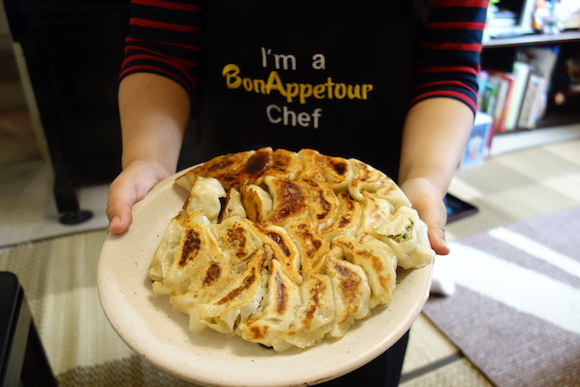
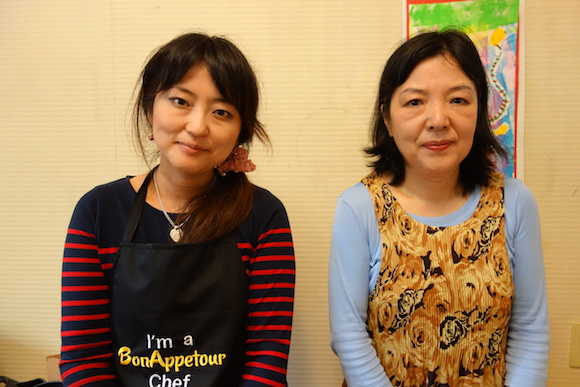
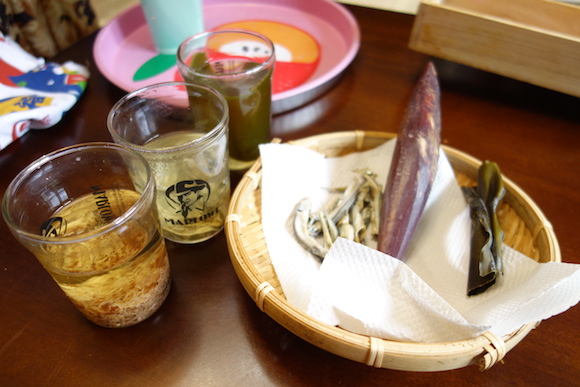
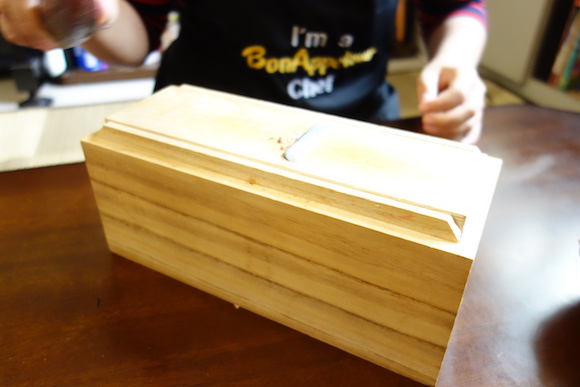
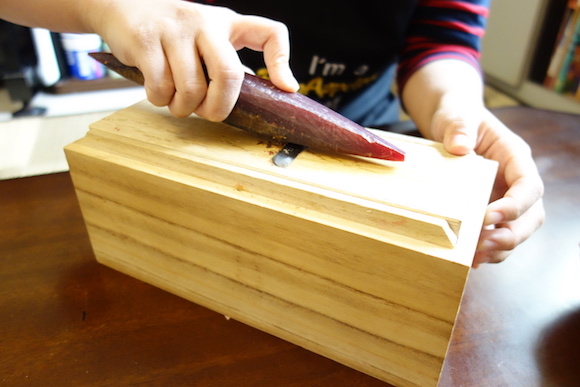
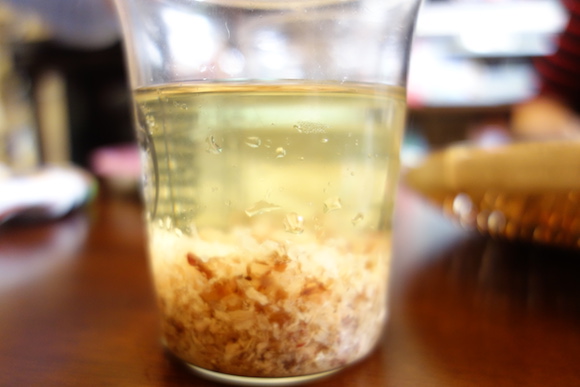
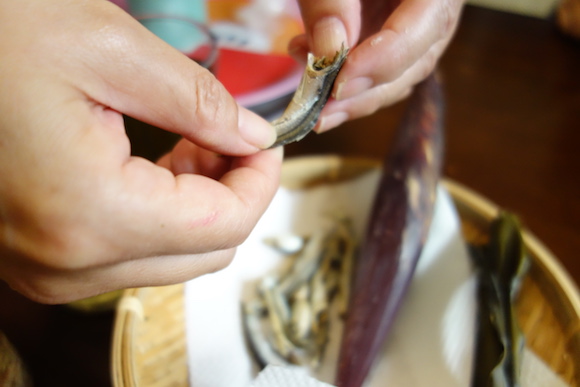

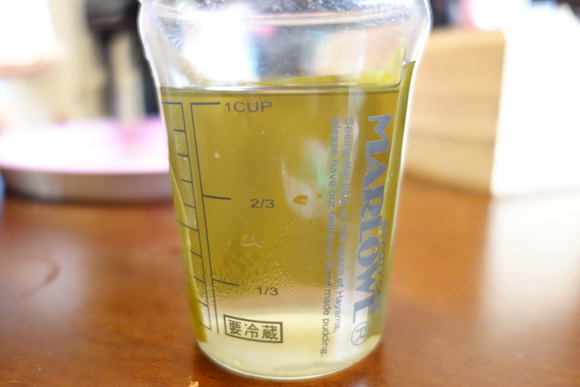
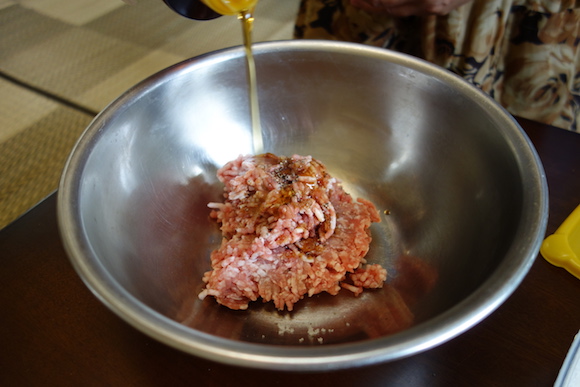
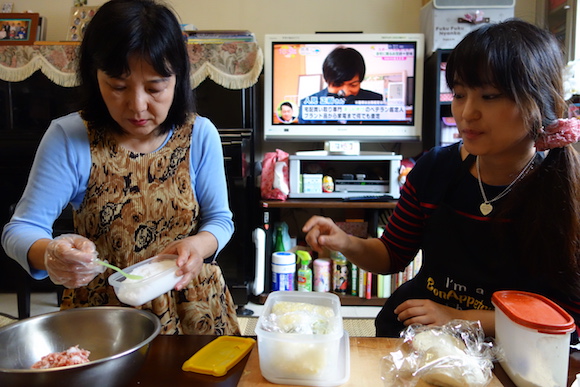
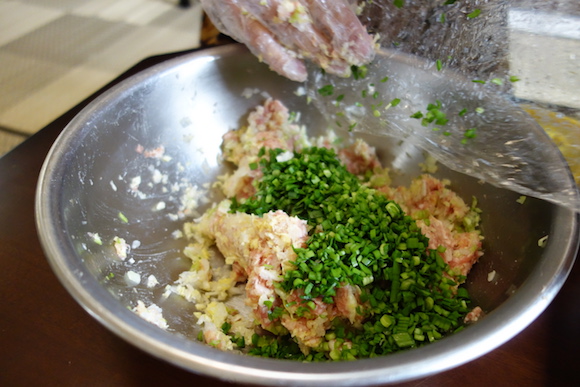
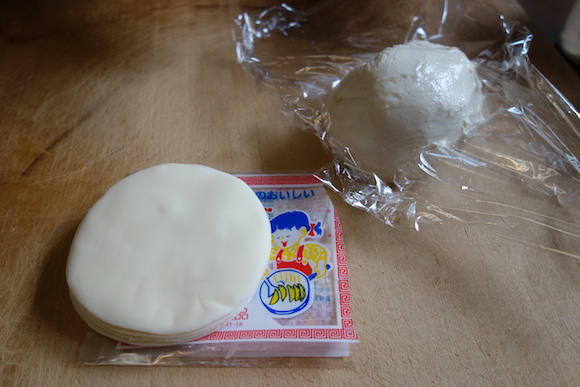

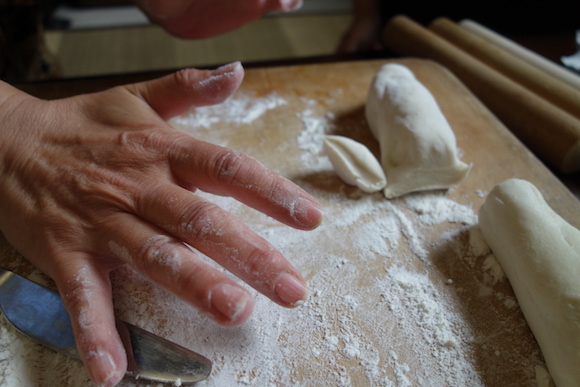
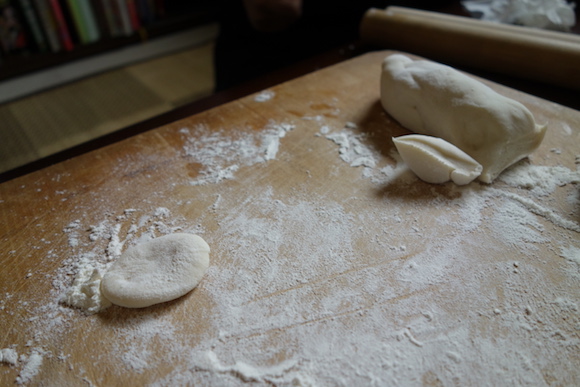
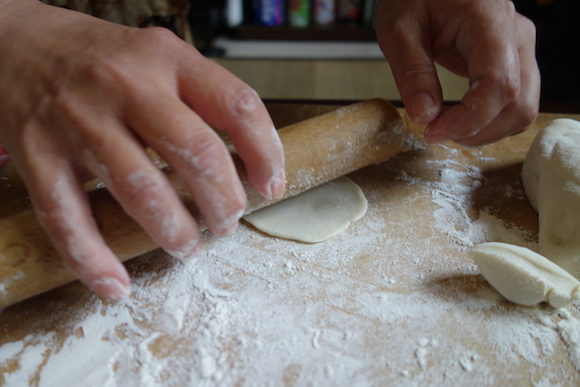
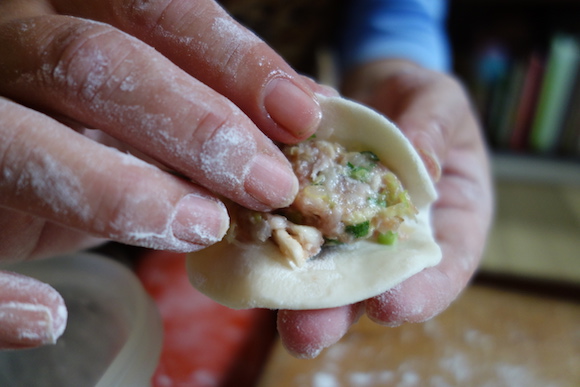
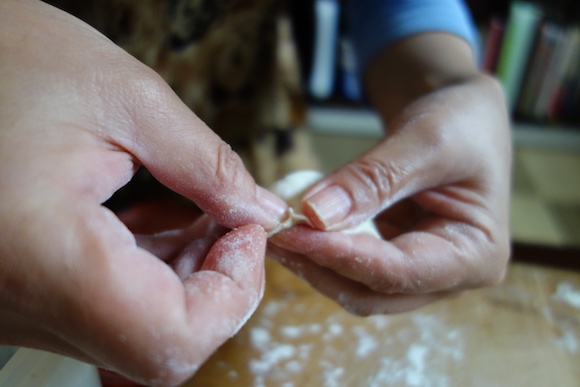
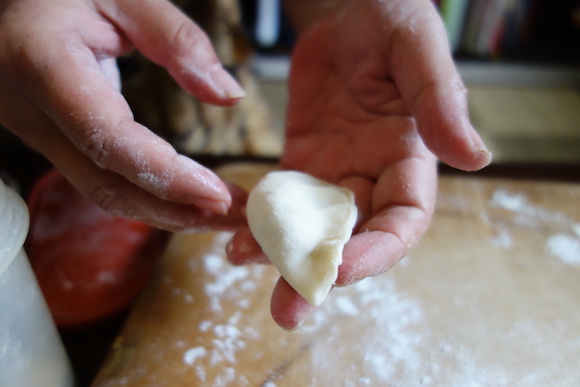
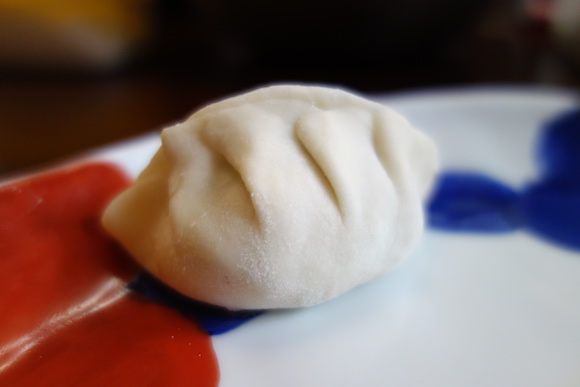

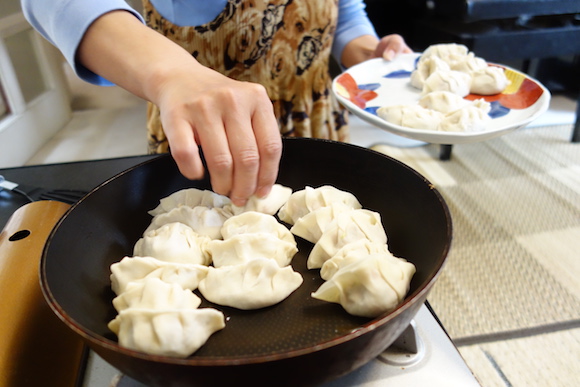
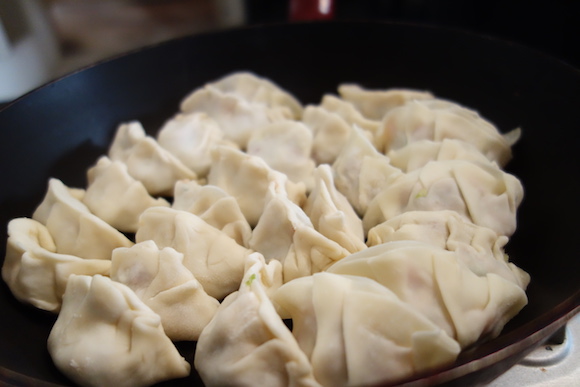

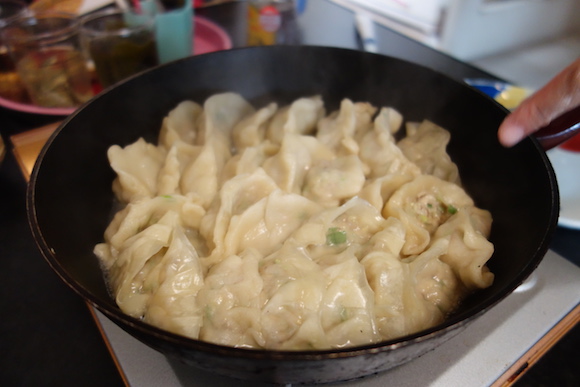
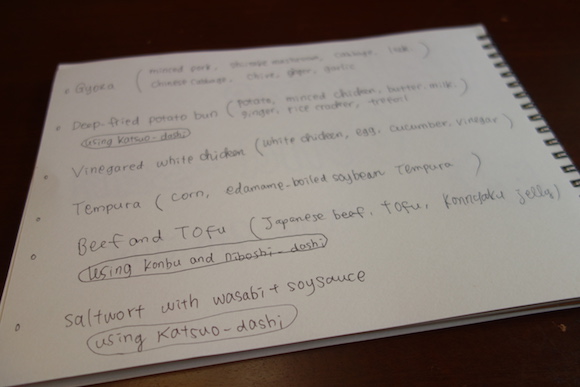

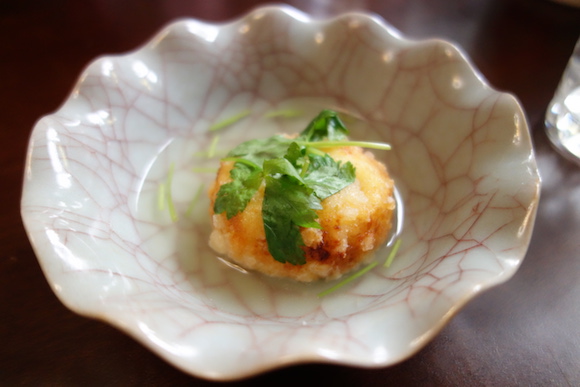
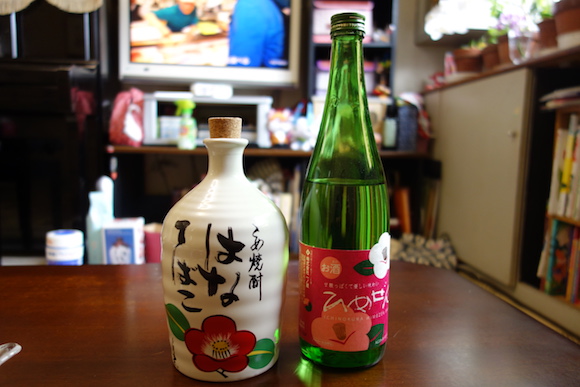
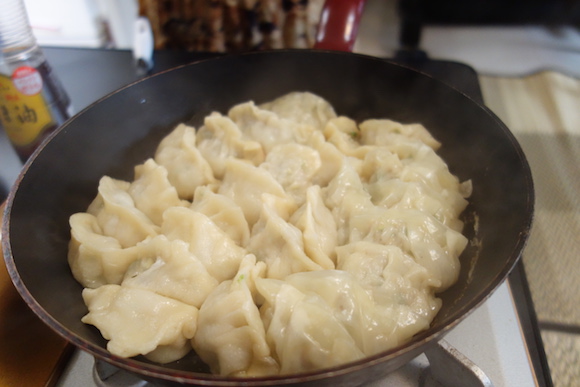
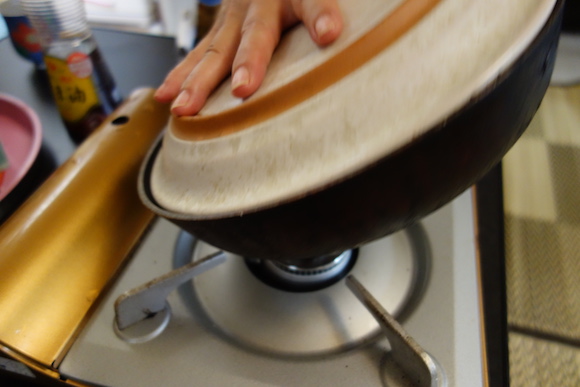
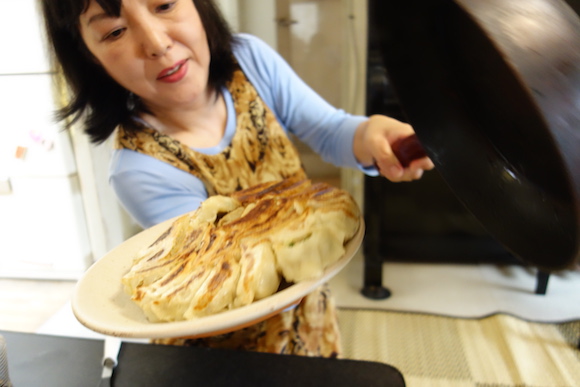
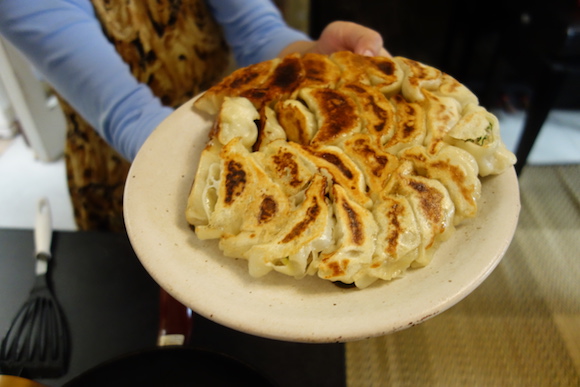
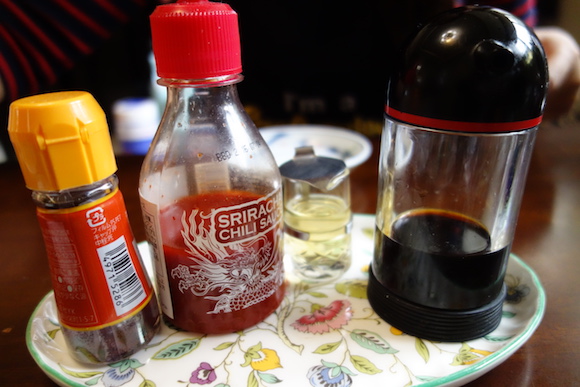
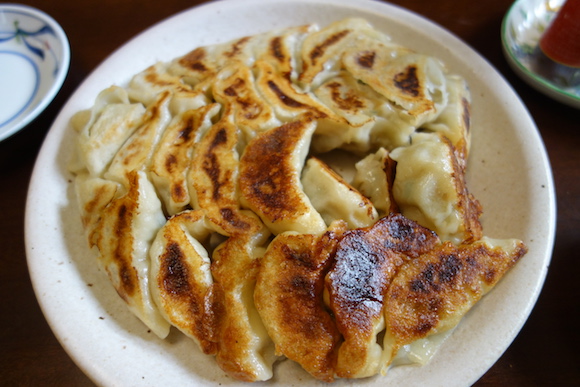
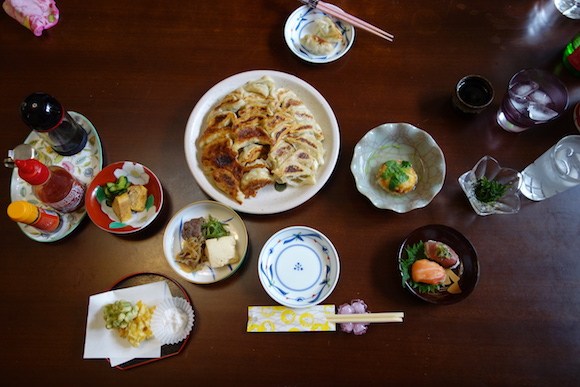
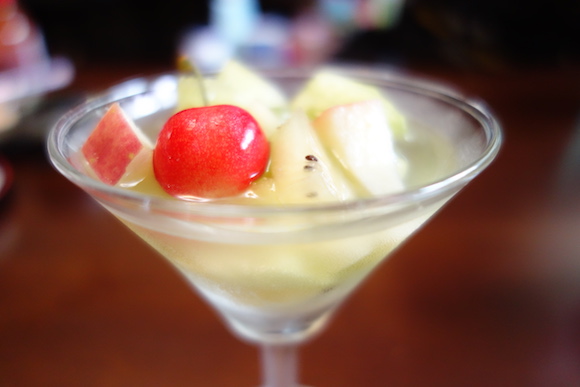
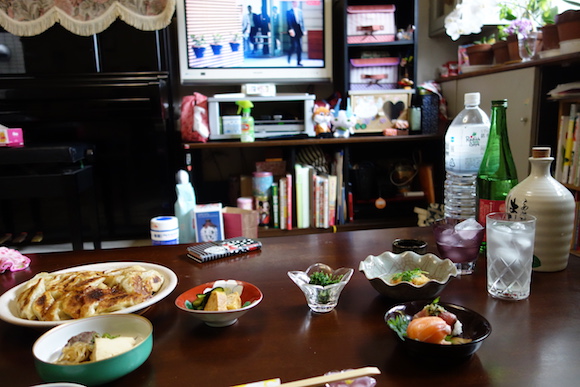
 We try Ajinomoto’s new frozen gyoza, come up with a dangerously delicious way to eat them
We try Ajinomoto’s new frozen gyoza, come up with a dangerously delicious way to eat them Japan now has “Gyoza for Athletes”, thanks to figure skating Olympian Yuzuru Hanyu 【Taste test】
Japan now has “Gyoza for Athletes”, thanks to figure skating Olympian Yuzuru Hanyu 【Taste test】 Who made the tastiest gyoza in 2021? We decide on our favourite pot stickers
Who made the tastiest gyoza in 2021? We decide on our favourite pot stickers What’s it like traversing Tokyo using only wheelchair accessible routes?
What’s it like traversing Tokyo using only wheelchair accessible routes? Model Nana Suzuki declared ‘The Best Gyozanist 2021’, Mr. Sato and the gang robbed
Model Nana Suzuki declared ‘The Best Gyozanist 2021’, Mr. Sato and the gang robbed Foreigner’s request for help in Tokyo makes us sad for the state of society
Foreigner’s request for help in Tokyo makes us sad for the state of society Japanese city loses residents’ personal data, which was on paper being transported on a windy day
Japanese city loses residents’ personal data, which was on paper being transported on a windy day Seaside scenery, history, and so many desserts on Yokohama’s Akai Kutsu【Japan Loop Buses】
Seaside scenery, history, and so many desserts on Yokohama’s Akai Kutsu【Japan Loop Buses】 Should you add tartar sauce to Japanese curry rice? CoCo Ichi makes diners an unusual offer
Should you add tartar sauce to Japanese curry rice? CoCo Ichi makes diners an unusual offer Red light district sushi restaurant in Tokyo shows us just how wrong we were about it
Red light district sushi restaurant in Tokyo shows us just how wrong we were about it Akihabara pop-up shop sells goods made by Japanese prison inmates
Akihabara pop-up shop sells goods made by Japanese prison inmates Ghibli Park now selling “Grilled Frogs” from food cart in Valley of Witches
Ghibli Park now selling “Grilled Frogs” from food cart in Valley of Witches Princesses, fruits, and blacksmiths: Study reveals the 30 most unusual family names in Japan
Princesses, fruits, and blacksmiths: Study reveals the 30 most unusual family names in Japan Harajuku Station’s beautiful old wooden building is set to return, with a new complex around it
Harajuku Station’s beautiful old wooden building is set to return, with a new complex around it Japanese company starts project to restore Nakagin Capsules to capsule hotel
Japanese company starts project to restore Nakagin Capsules to capsule hotel McDonald’s new Happy Meals offer up cute and practical Sanrio lifestyle goods
McDonald’s new Happy Meals offer up cute and practical Sanrio lifestyle goods Japanese ramen restaurants under pressure from new yen banknotes
Japanese ramen restaurants under pressure from new yen banknotes French Fries Bread in Tokyo’s Shibuya becomes a hit on social media
French Fries Bread in Tokyo’s Shibuya becomes a hit on social media Studio Ghibli releases new action figures featuring Nausicaä of the Valley of the Wind characters
Studio Ghibli releases new action figures featuring Nausicaä of the Valley of the Wind characters New private rooms on Tokaido Shinkansen change the way we travel from Tokyo to Kyoto
New private rooms on Tokaido Shinkansen change the way we travel from Tokyo to Kyoto Tokyo Tsukiji fish market site to be redeveloped with 50,000-seat stadium, hotel, shopping center
Tokyo Tsukiji fish market site to be redeveloped with 50,000-seat stadium, hotel, shopping center All-you-can-drink Starbucks and amazing views part of Tokyo’s new 170 meter-high sky lounge
All-you-can-drink Starbucks and amazing views part of Tokyo’s new 170 meter-high sky lounge Beautiful Ghibli sealing wax kits let you create accessories and elegant letter decorations【Pics】
Beautiful Ghibli sealing wax kits let you create accessories and elegant letter decorations【Pics】 Studio Ghibli releases Kiki’s Delivery Service chocolate cake pouches in Japan
Studio Ghibli releases Kiki’s Delivery Service chocolate cake pouches in Japan New definition of “Japanese whiskey” goes into effect to prevent fakes from fooling overseas buyers
New definition of “Japanese whiskey” goes into effect to prevent fakes from fooling overseas buyers Our Japanese reporter visits Costco in the U.S., finds super American and very Japanese things
Our Japanese reporter visits Costco in the U.S., finds super American and very Japanese things Studio Ghibli unveils Mother’s Day gift set that captures the love in My Neighbour Totoro
Studio Ghibli unveils Mother’s Day gift set that captures the love in My Neighbour Totoro More foreign tourists than ever before in history visited Japan last month
More foreign tourists than ever before in history visited Japan last month New Pokémon cakes let you eat your way through Pikachu and all the Eevee evolutions
New Pokémon cakes let you eat your way through Pikachu and all the Eevee evolutions Sales of Japan’s most convenient train ticket/shopping payment cards suspended indefinitely
Sales of Japan’s most convenient train ticket/shopping payment cards suspended indefinitely Sold-out Studio Ghibli desktop humidifiers are back so Totoro can help you through the dry season
Sold-out Studio Ghibli desktop humidifiers are back so Totoro can help you through the dry season Japanese government to make first change to romanization spelling rules since the 1950s
Japanese government to make first change to romanization spelling rules since the 1950s Ghibli founders Toshio Suzuki and Hayao Miyazaki contribute to Japanese whisky Totoro label design
Ghibli founders Toshio Suzuki and Hayao Miyazaki contribute to Japanese whisky Totoro label design Doraemon found buried at sea as scene from 1993 anime becomes real life【Photos】
Doraemon found buried at sea as scene from 1993 anime becomes real life【Photos】 Tokyo’s most famous Starbucks is closed
Tokyo’s most famous Starbucks is closed One Piece characters’ nationalities revealed, but fans have mixed opinions
One Piece characters’ nationalities revealed, but fans have mixed opinions We asked a Uniqlo employee what four things we should buy and their suggestions didn’t disappoint
We asked a Uniqlo employee what four things we should buy and their suggestions didn’t disappoint Our Starbucks “Nothingness” Frappuccino proves you can’t customise out flavour in Japan
Our Starbucks “Nothingness” Frappuccino proves you can’t customise out flavour in Japan 3 convenience store ice creams you should buy at 7-Eleven in Kyushu
3 convenience store ice creams you should buy at 7-Eleven in Kyushu Shop in Tokyo’s Chinatown has TWENTY kinds of delicious homemade steamed buns
Shop in Tokyo’s Chinatown has TWENTY kinds of delicious homemade steamed buns Michelin Guide gyoza in Tokyo: Worthy of the accolade?
Michelin Guide gyoza in Tokyo: Worthy of the accolade? End-of-the-line exploring in Japan: Visiting Hashimoto Station
End-of-the-line exploring in Japan: Visiting Hashimoto Station Japanese convenience store or Japanese supermarket: Which one is cheaper?
Japanese convenience store or Japanese supermarket: Which one is cheaper? Japan’s Gyoza Filling Curry — Combination of two great foods reminds us of another great food
Japan’s Gyoza Filling Curry — Combination of two great foods reminds us of another great food How to make okonomiyaki at home【SoraKitchen】
How to make okonomiyaki at home【SoraKitchen】 3 unusual gyoza creations from Tochigi Prefecture, the Japanese capital of dumplings 【Taste Test】
3 unusual gyoza creations from Tochigi Prefecture, the Japanese capital of dumplings 【Taste Test】 We try a sakura drink from a Japanese coffeehouse chain that isn’t Starbucks
We try a sakura drink from a Japanese coffeehouse chain that isn’t Starbucks Is Denny’s Japan’s new ultra-expensive Amaou strawberry parfait worth it?【Taste test】
Is Denny’s Japan’s new ultra-expensive Amaou strawberry parfait worth it?【Taste test】 We tried to use our leftover gyoza wrappers to make marshmallow puffs…but it didn’t go to plan
We tried to use our leftover gyoza wrappers to make marshmallow puffs…but it didn’t go to plan Vending machine that serves handmade gyoza found in Yokohama!
Vending machine that serves handmade gyoza found in Yokohama! Testing out the Happy Pawcake Maker to see just how much joy it brings us【SoraKitchen】
Testing out the Happy Pawcake Maker to see just how much joy it brings us【SoraKitchen】 Soup curry and onigiri for breakfast at a super tasty semi-secret spot in Tokyo’s Shinjuku
Soup curry and onigiri for breakfast at a super tasty semi-secret spot in Tokyo’s Shinjuku
Leave a Reply